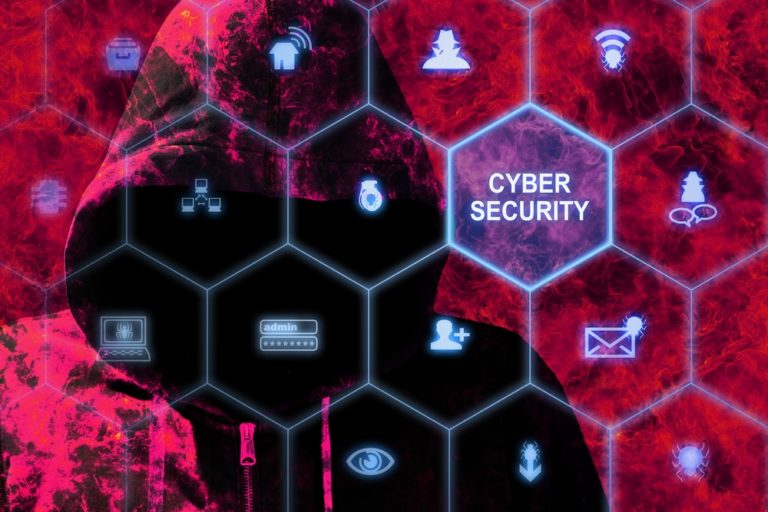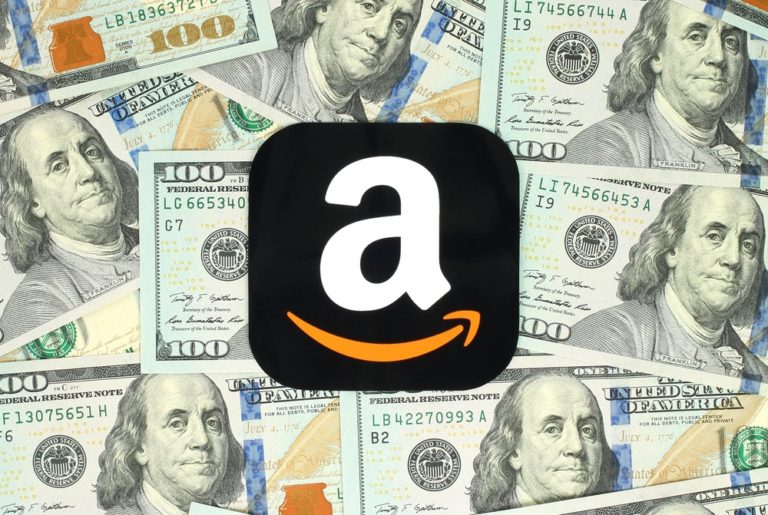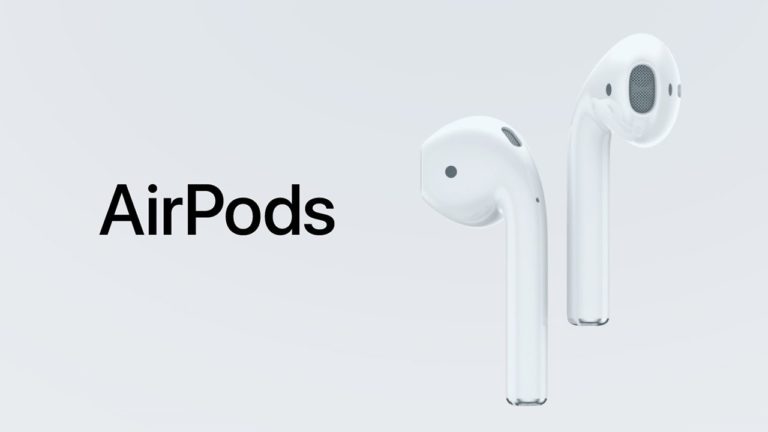Key Takeaways
• Reddit shares fell more than 10 percent after data showed ChatGPT citations from Reddit plunged.
• ChatGPT citations from Reddit dropped from 14 percent to 2 percent in September.
• OpenAI now has 700 million users and $4.3 billion revenue in the first half of the year.
• The drop in ChatGPT citations raises questions about AI data deals and revenue sources.
• Reddit must innovate fast to secure its data-licensing income and regain investor trust.
Introduction
Reddit stock took a big hit after new data revealed fewer ChatGPT citations of Reddit content. In September, citations from Reddit fell from 14 percent to just 2 percent. As a result, investors worried about the future of Reddit’s data-licensing deals. Meanwhile, OpenAI reported 700 million users and $4.3 billion in revenue for the first half of the year. This shift shows how the AI world is changing. It also puts pressure on Reddit to find new ways to make money.
First, let’s explain why ChatGPT citations matter to Reddit. AI chatbots like ChatGPT use online content to generate answers. When they cite Reddit, they show where they got user posts and comments. In return, Reddit can earn fees from AI developers. Therefore, a drop in ChatGPT citations could mean less revenue. In addition, fewer citations might signal that AI models rely less on Reddit content.
Moreover, Reddit content is unique. It has niche communities and rich discussions. For example, a cooking subreddit might help train a food-based AI model. Similarly, a tech subreddit can train a tech support chatbot. Thus, ChatGPT citations from Reddit reveal how much AI systems value Reddit’s user content.
However, when citations drop, Reddit’s negotiating power weakens. That makes it harder to strike big licensing deals. In addition, investors see this as a warning sign. As a result, Reddit shares slid over 10 percent when the new data came out.
How ChatGPT Citations Decline Affects Stock
Next, let’s look at how this drop impacts Reddit’s stock price. Stock prices respond to a mix of factors. These include user growth, profits, and new deals. However, revenue from data licensing is vital for Reddit. Without strong deals, investors grow nervous.
Therefore, the news of ChatGPT citations falling hit Reddit’s shares fast. First, investors saw fewer citations as less income ahead. Then, some sold their shares to avoid losses. In fact, a drop of more than 10 percent signals panic. It also suggests that big funds may cut their holdings.
Meanwhile, OpenAI’s growth story looks healthy. It now has 700 million users. Plus, it earned $4.3 billion in just six months. As a result, investors see OpenAI as a rising star. In contrast, Reddit seems stuck without new data deals to balance operations.
Consequently, Reddit must act quickly. It needs to secure fresh data partnerships. Also, it must boost its ad business and premium subscriptions. Otherwise, the gap between Reddit and AI leaders will only widen.
What This Means for Reddit’s Future
Moving forward, Reddit faces several choices. First, it can rework its data-licensing deals. By offering better terms or new API features, Reddit can attract AI developers again. In addition, it might create exclusive content bundles for training AI models. Such bundles could include moderation metadata or Reddit Gold content.
Second, Reddit can push harder on advertising. For example, it could launch more ad formats or target tools. Since Reddit has 100,000 active communities, it can sell ads by interest group. That way, brands can reach niche audiences with precision.
Third, Reddit might focus on premium subscriptions. Reddit Premium offers an ad-free experience and special features. If more users join, Reddit earns steady fees. As a result, reliance on unpredictable data deals drops.
Finally, Reddit could expand its own AI tools. It might build chatbots that serve its community needs. For instance, a Reddit bot could help summarize long threads or flag toxic comments. By using its content in-house, Reddit gains more control over value creation.
In addition to these steps, Reddit must reassure investors. It should share clear plans about new revenue streams. Also, it can highlight user engagement growth. By showing progress, Reddit may win back share price strength.
Balancing Innovation and Trust
However, innovation must walk a fine line with trust. Reddit’s community values privacy and authenticity. If Reddit sells too much user data, it risks backlash. Therefore, it must keep data licensing transparent and fair. In turn, AI developers will feel more confident in the partnership.
Moreover, Reddit should involve its moderators and users in policy decisions. Letting them know how data licensing works builds goodwill. Plus, it reduces the chance of public outcry. After all, Reddit’s success depends on active and happy communities.
At the same time, Reddit can pilot new data models. For example, it can test opt-in programs for users who want to license their posts. In this way, contributors gain a share of revenue from AI deals. That approach could boost participation and trust.
A Glimpse at the Bigger AI Picture
Looking beyond Reddit, the AI data market is shifting. Early AI training relied heavily on web scraping. Now, companies seek more structured and licensed data. Because unlicensed data risks legal challenges, firms look for clean deals. As a result, platforms like Reddit are in high demand.
Nevertheless, the competition is tough. Twitter, YouTube, and other platforms also vie for licensing fees. Therefore, Reddit must prove its unique value. It can do so by highlighting the diversity and depth of its discussions.
Meanwhile, OpenAI’s rapid growth shows strong demand for chat-based AI. With 700 million users, ChatGPT has become mainstream. In addition, its $4.3 billion revenue signals that companies and individuals pay for AI services. As AI use grows, so will the need for high-quality data.
Yet, a balanced AI ecosystem requires fair deals. Platforms like Reddit must benefit from their contributions. Likewise, AI companies need stable data sources. When both sides find value, the industry thrives.
Conclusion
In summary, the fall in ChatGPT citations shook Reddit’s stock. It reminded investors how crucial data deals are for the company. Meanwhile, OpenAI’s growth in users and revenue highlights industry shifts. To win back confidence, Reddit must explore new data-licensing models, boost ads and subscriptions, and innovate responsibly. Above all, Reddit needs to balance revenue goals with community trust. Only then can it secure a stable future in the growing AI market.
FAQs
What happens if Reddit fails to secure new data deals?
If Reddit cannot land fresh licensing agreements, its revenue may shrink. That could lead to more stock price volatility and budget cuts. In the long run, Reddit must diversify income to remain stable.
How can Reddit improve its data-licensing offers?
Reddit can create specialized data packages, involve users in opt-in programs, and add moderation metadata. These steps make deals more valuable and build community trust.
Will Reddit’s advertising model fill the revenue gap?
Stronger ad products can help, especially if Reddit targets niche communities well. Yet, ads alone may not match the income from big data deals. Reddit should use ads alongside subscriptions and AI partnerships.
Does OpenAI’s user growth affect Reddit directly?
OpenAI’s growth shows the rising demand for AI services. While not direct competition, it highlights where AI data needs come from. Reddit must prove its data remains essential to AI developers.









